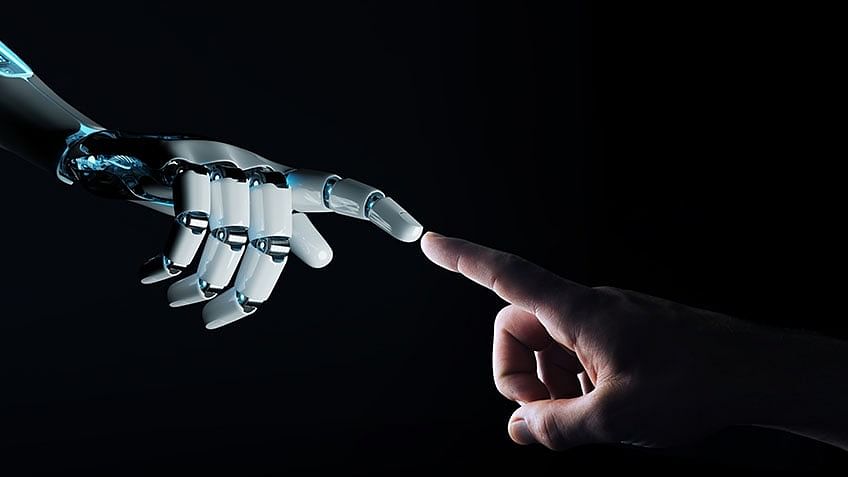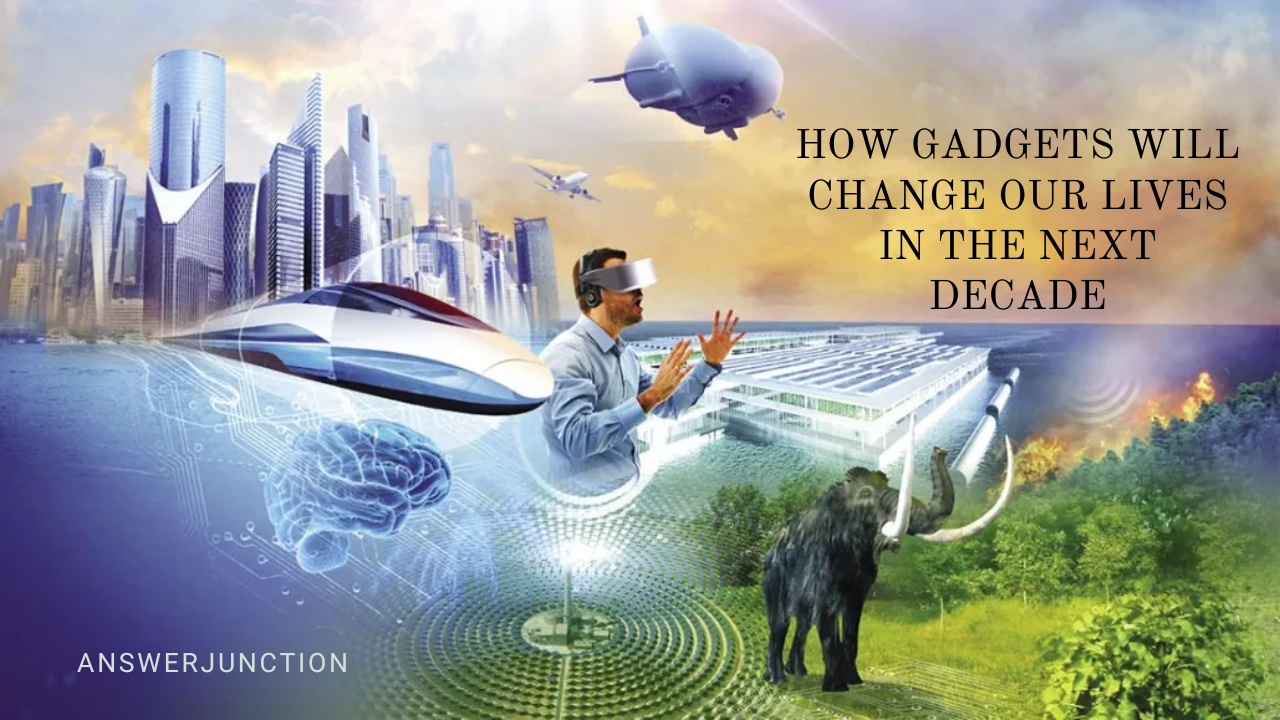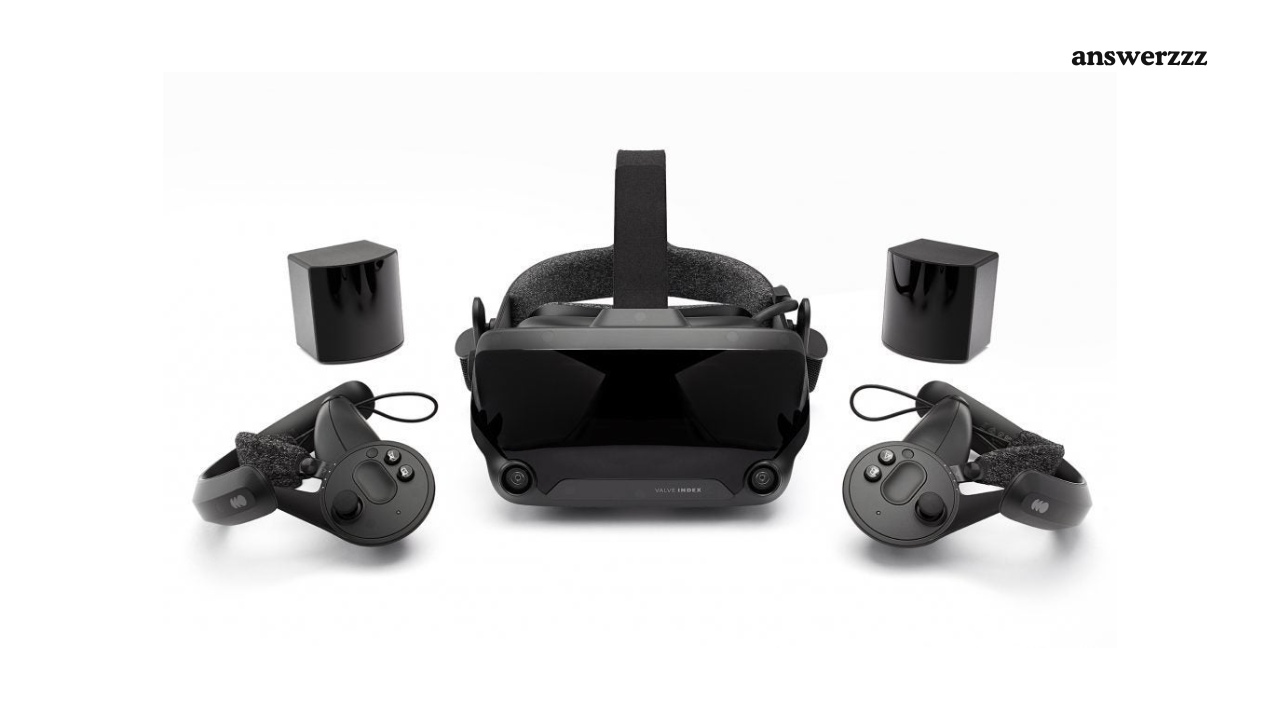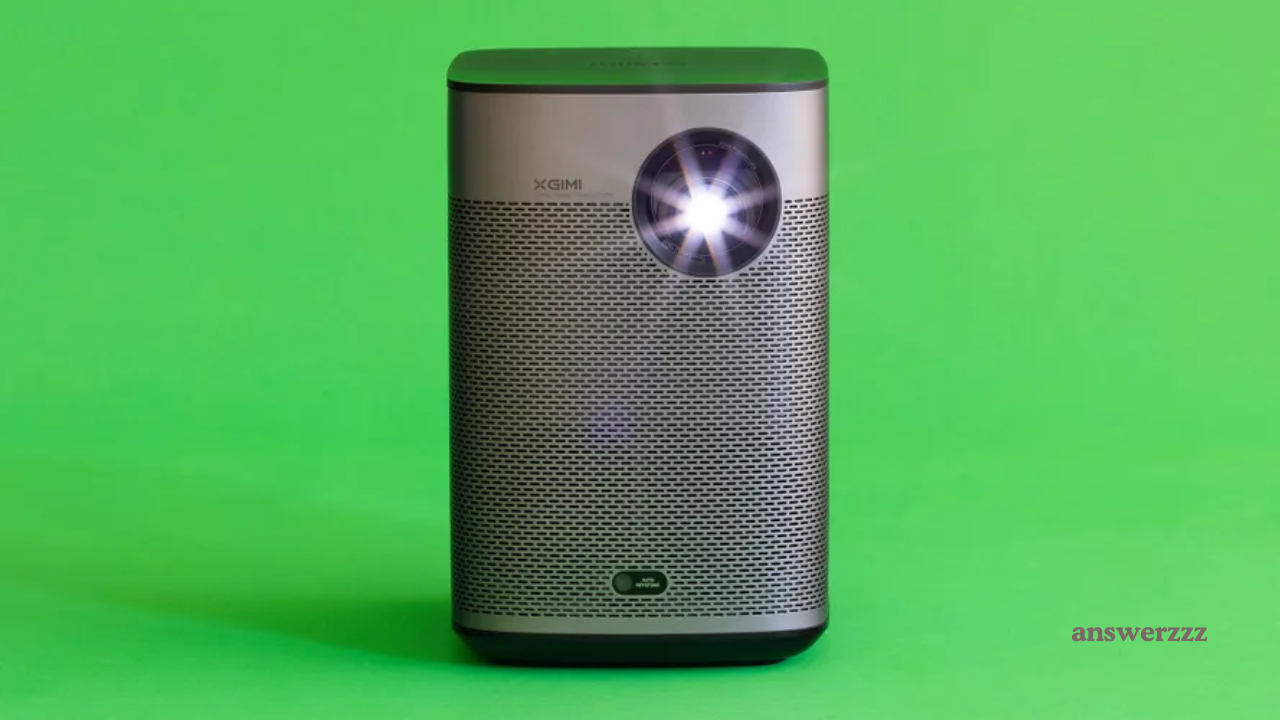As we look toward the future, the next decade promises to bring transformative changes in our lives through the evolution of gadgets. The rapid advancement of technology is poised to reshape how we interact with our environment, enhancing convenience, efficiency, and connectivity. From smart home devices to wearable technology, the integration of artificial intelligence (AI) and the Internet of Things (IoT) is revolutionizing the gadgets we use daily. These innovations will not only improve our quality of life but also redefine the boundaries of what we consider possible.

Smart Homes: The Rise of Connected Living
In the coming years, the concept of smart homes will become increasingly mainstream, with gadgets seamlessly integrating into our living spaces. Devices like smart speakers, thermostats, and security cameras will be controlled through voice commands or mobile apps, making home management more intuitive. Imagine walking into your home, and the lights automatically adjust to your preferred brightness while your favourite music plays in the background. This level of automation will enhance comfort and efficiency, allowing us to save energy and time.
Moreover, smart appliances will play a crucial role in reducing our environmental footprint. For example, refrigerators that track food inventory and suggest recipes based on what you have will minimize food waste, while smart washing machines that optimize water and detergent usage will promote sustainable living. The interconnectedness of these devices will create a holistic ecosystem that prioritizes convenience and sustainability.
Wearable Technology: Health and Fitness Revolution
Wearable technology is set to experience unprecedented growth in the next decade, revolutionizing how we monitor our health and fitness. Smartwatches and fitness trackers will not only track our physical activity but will also monitor vital signs such as heart rate, sleep patterns, and blood oxygen levels. With advanced sensors and AI algorithms, these gadgets will provide personalized insights and recommendations, empowering individuals to take control of their health.
As telemedicine continues to rise, wearable devices will enable remote health monitoring, allowing healthcare providers to access real-time data about patients’ conditions. This shift will lead to more proactive and personalized healthcare solutions, ultimately improving patient outcomes. Imagine receiving alerts on your smartwatch when your heart rate exceeds a certain threshold, prompting you to take immediate action or consult a doctor.
Enhanced Connectivity: The Future of Communication
The next decade will witness a dramatic transformation in how we communicate, driven by advancements in gadget technology. With the proliferation of 5G networks, devices will become faster and more responsive, enabling seamless communication and collaboration. Video conferencing will become more immersive, with augmented reality (AR) and virtual reality (VR) technologies enhancing remote interactions. Picture attending a business meeting where participants are projected as 3D holograms in your living room, creating a more engaging and interactive experience.
Social media platforms will also evolve, integrating more sophisticated tools for creators and consumers alike. Gadgets like AR glasses will allow us to interact with digital content in our physical environment, blurring the lines between the digital and real worlds. This new form of communication will foster creativity and collaboration, enabling individuals to express themselves in innovative ways.
Transportation Innovations: Smart Mobility
The way we travel is poised to change significantly in the coming decade, with gadgets playing a pivotal role in enhancing transportation efficiency. Electric vehicles (EVs) will become more prevalent, with advancements in battery technology extending their range and reducing charging times. Additionally, smart navigation systems will optimize routes based on real-time traffic data, leading to shorter commute times and reduced congestion.

Furthermore, the rise of autonomous vehicles will transform how we think about transportation. With self-driving technology, we can expect a shift in urban planning and infrastructure, as cities adapt to accommodate these vehicles. Public transportation will also benefit from gadget innovations, with smart ticketing systems and real-time tracking enhancing the commuter experience.
Personalization and AI: The Future of User Experience
As AI technology continues to evolve, the next decade will see a shift toward hyper-personalization in our gadgets. Smart assistants will become increasingly adept at understanding our preferences and routines and tailoring recommendations for products, services, and content. Imagine a virtual assistant that knows your favourite coffee order, suggests playlists based on your mood, and reminds you of important tasks based on your schedule.
This level of personalization will extend to online shopping, entertainment, and education. Gadgets will utilize AI algorithms to curate experiences that align with our interests and needs, making our interactions with technology more meaningful and enjoyable. Moreover, the integration of AI in educational gadgets will personalize learning experiences, allowing students to progress at their own pace and access resources that cater to their unique learning styles.
The Role of Privacy and Security
As we embrace the benefits of advanced gadgets, concerns about privacy and security will become increasingly important. With the rise of connected devices, the potential for data breaches and unauthorized access will grow. It will be essential for manufacturers to prioritize security features and for users to adopt best practices in protecting their personal information.
In the coming years, we can expect to see more robust security measures integrated into gadgets, such as biometric authentication and encryption protocols. Additionally, awareness campaigns will educate users on the importance of safeguarding their data and the steps they can take to protect themselves in an increasingly connected world.
Sustainability and Eco-Friendly Gadgets
As environmental concerns continue to rise, the next decade will see a surge in demand for sustainable and eco-friendly gadgets. Manufacturers will prioritize materials and production processes that minimize their environmental impact. From solar-powered chargers to biodegradable phone cases, consumers will have access to a wide range of eco-conscious products.
Moreover, the concept of a circular economy will gain traction, encouraging the recycling and repurposing of electronic devices. Companies will implement programs to take back old gadgets, ensuring they are disposed of responsibly or refurbished for resale. This shift towards sustainability will empower consumers to make informed choices that align with their values, ultimately contributing to a healthier planet.

Embracing the Future of Gadgets
The next decade promises to be a period of unprecedented change, driven by the evolution of gadgets that will enhance our lives in ways we are just beginning to imagine. From smart homes and wearable technology to enhanced connectivity and sustainable innovations, the impact of these advancements will be profound. As we embrace the future, it is essential to remain mindful of the implications of these changes, ensuring that technology serves as a tool for positive transformation in our lives. By staying informed and adapting to new developments, we can harness the power of gadgets to create a more connected, efficient, and sustainable world.



